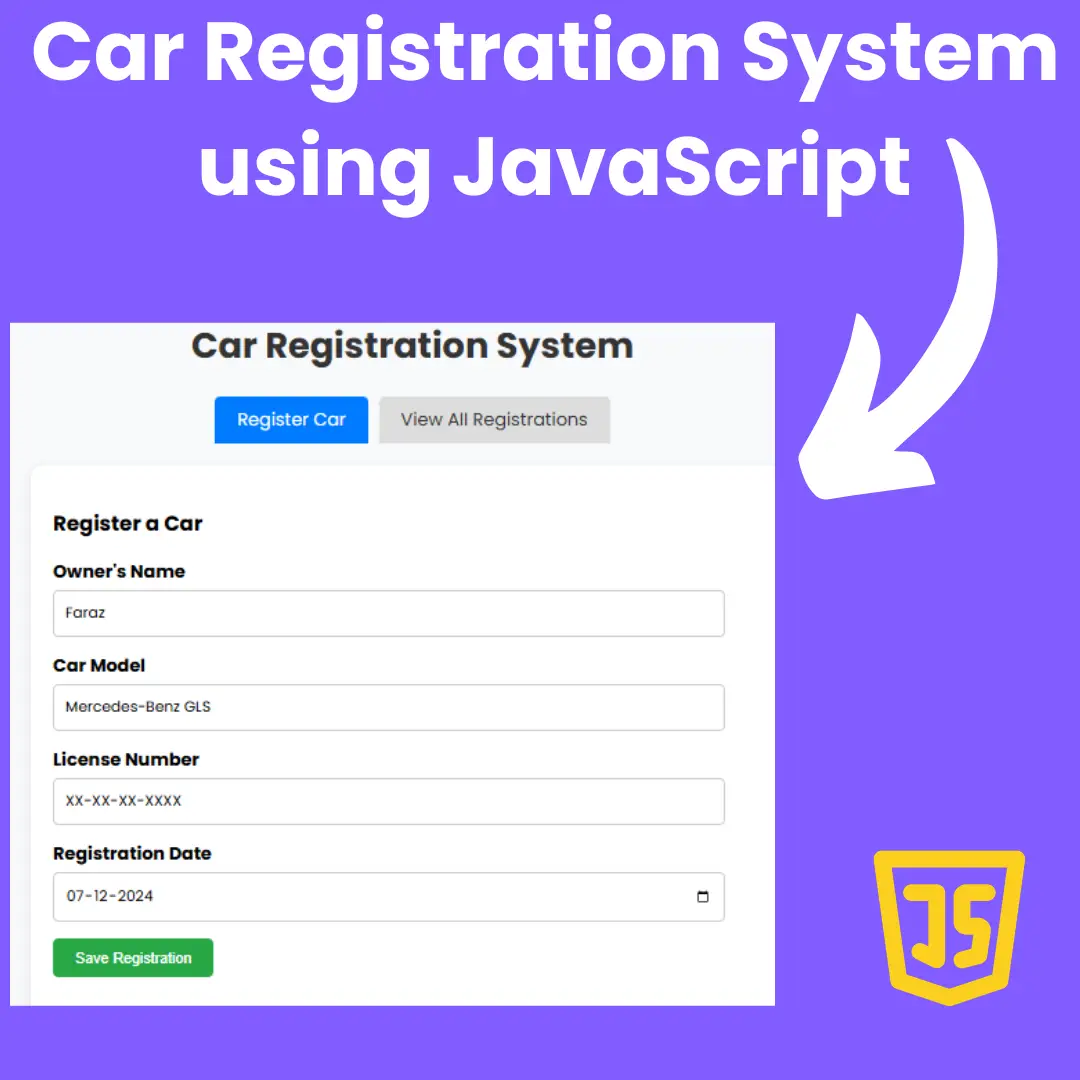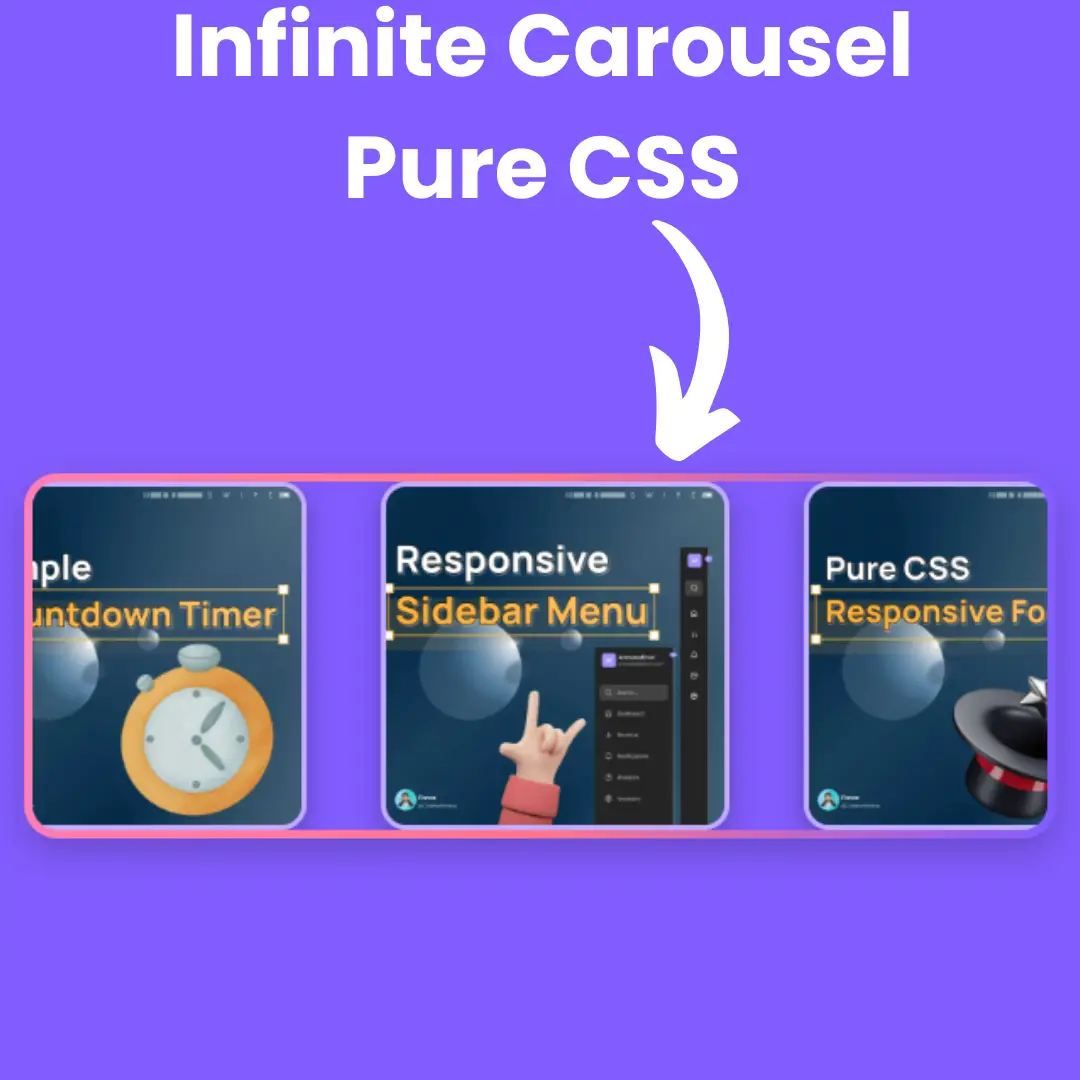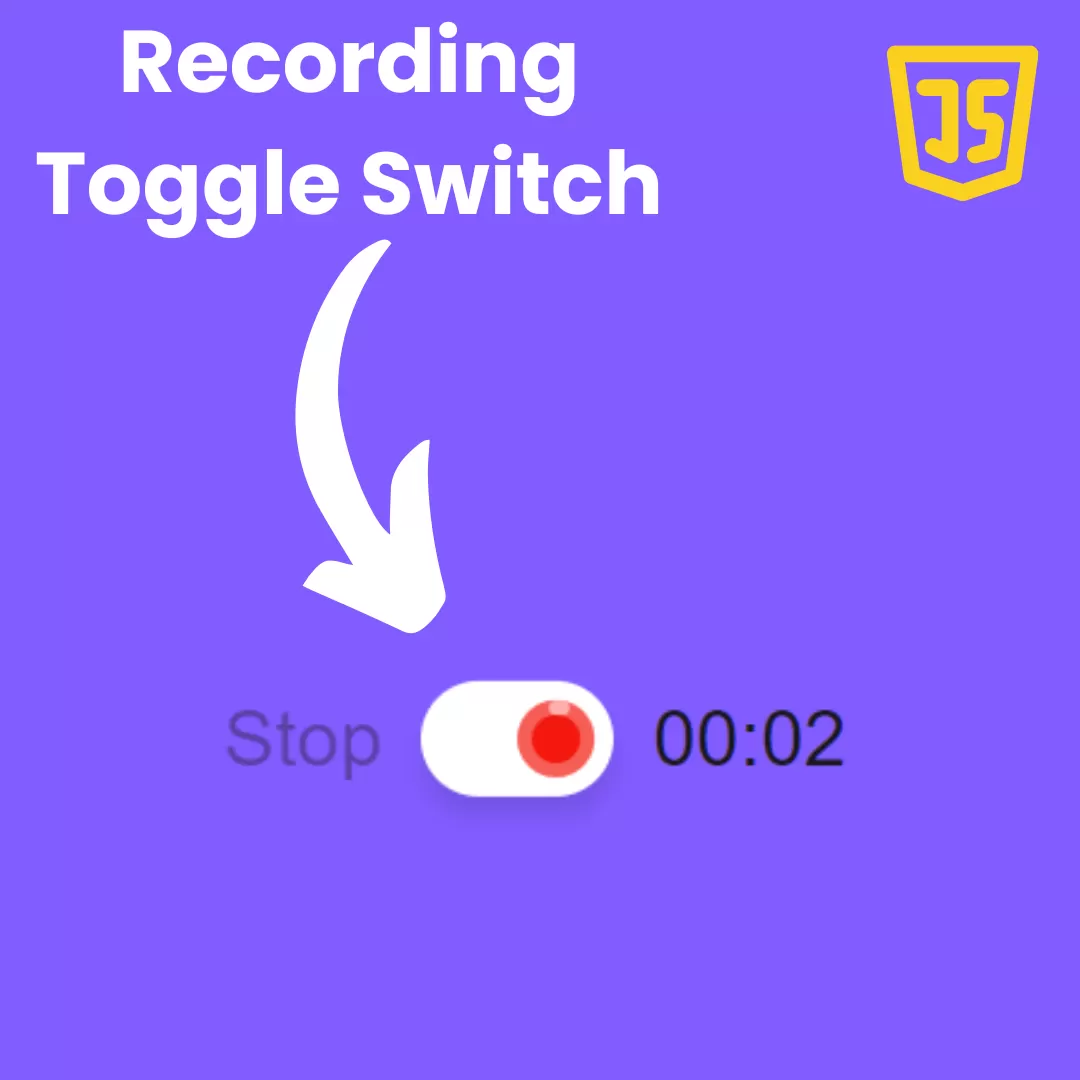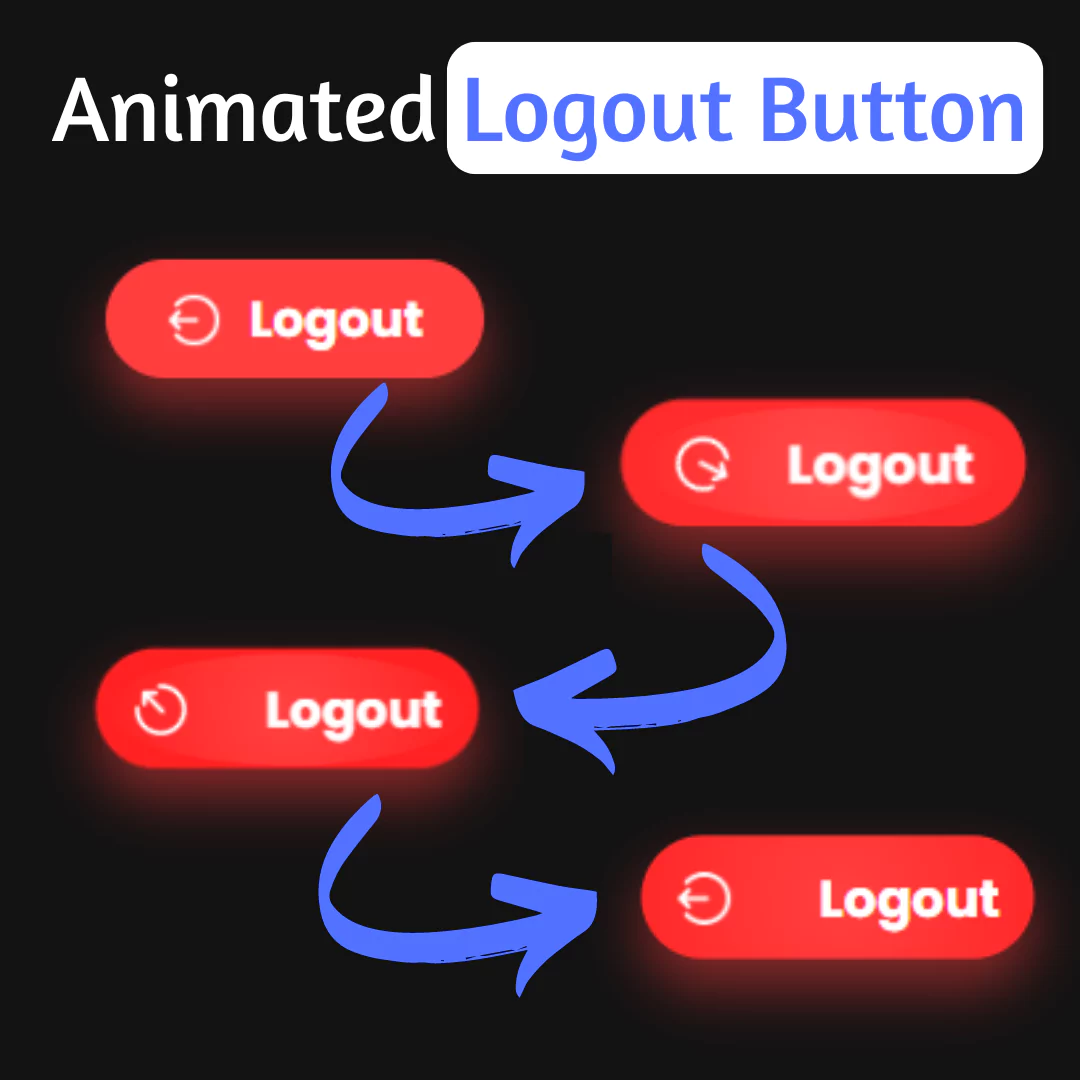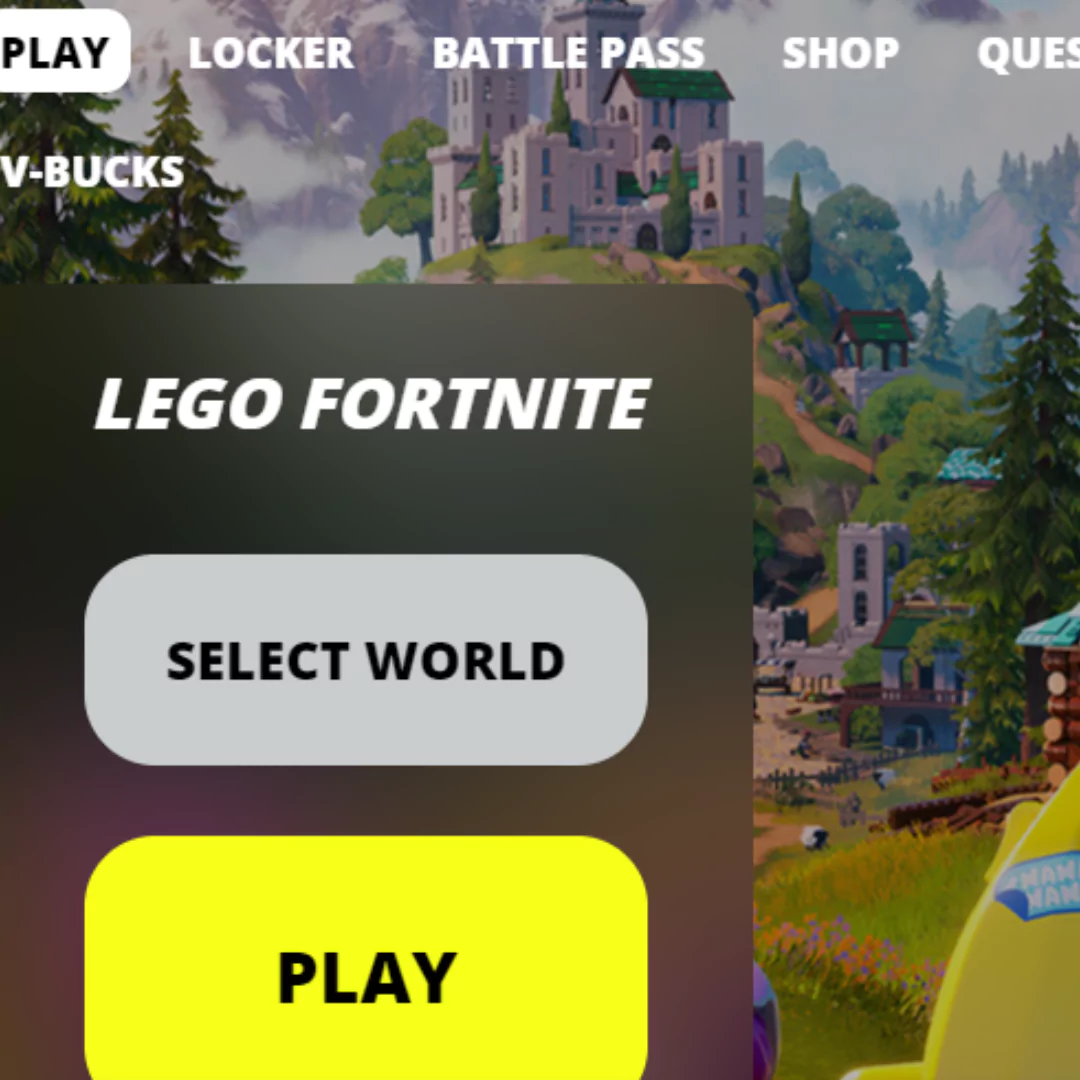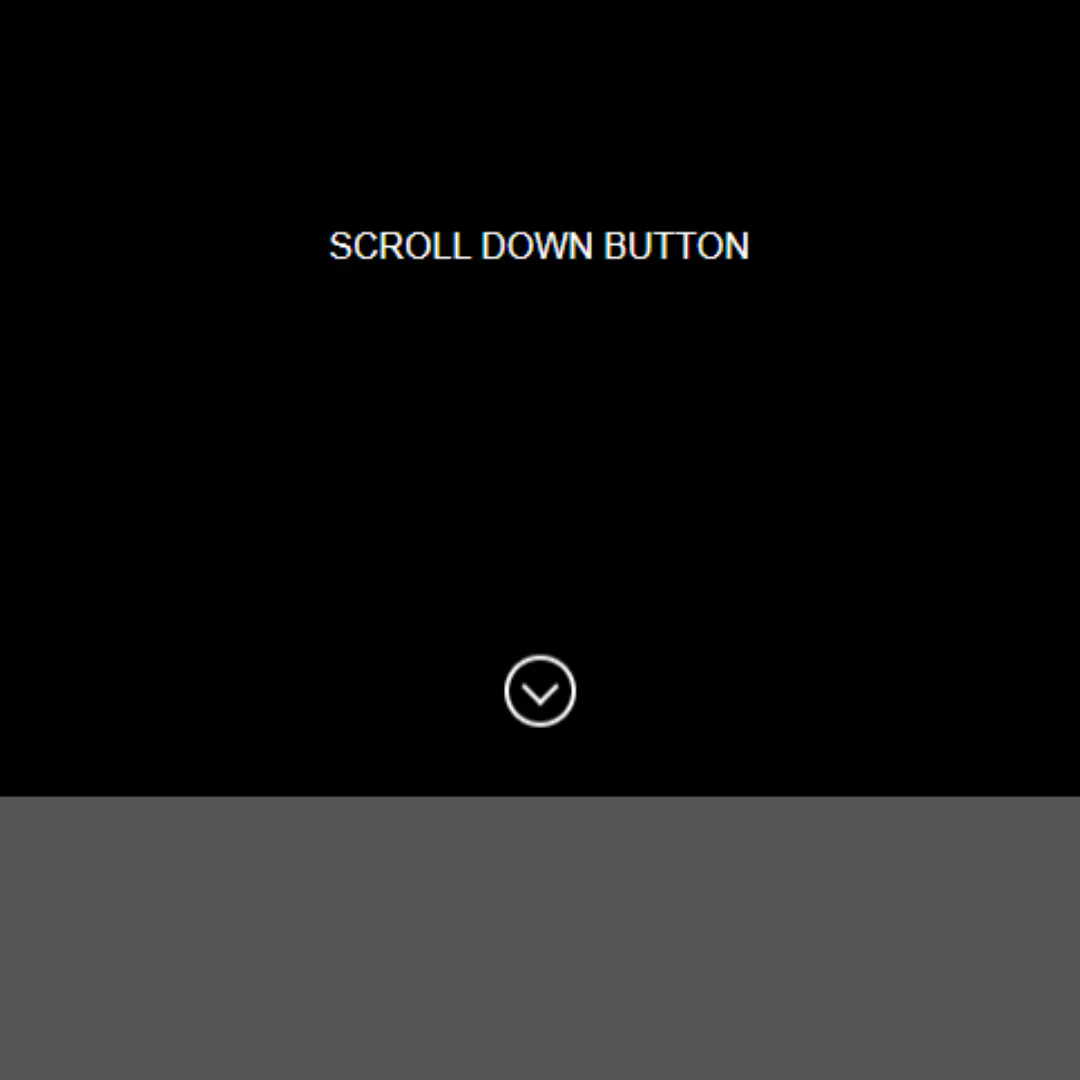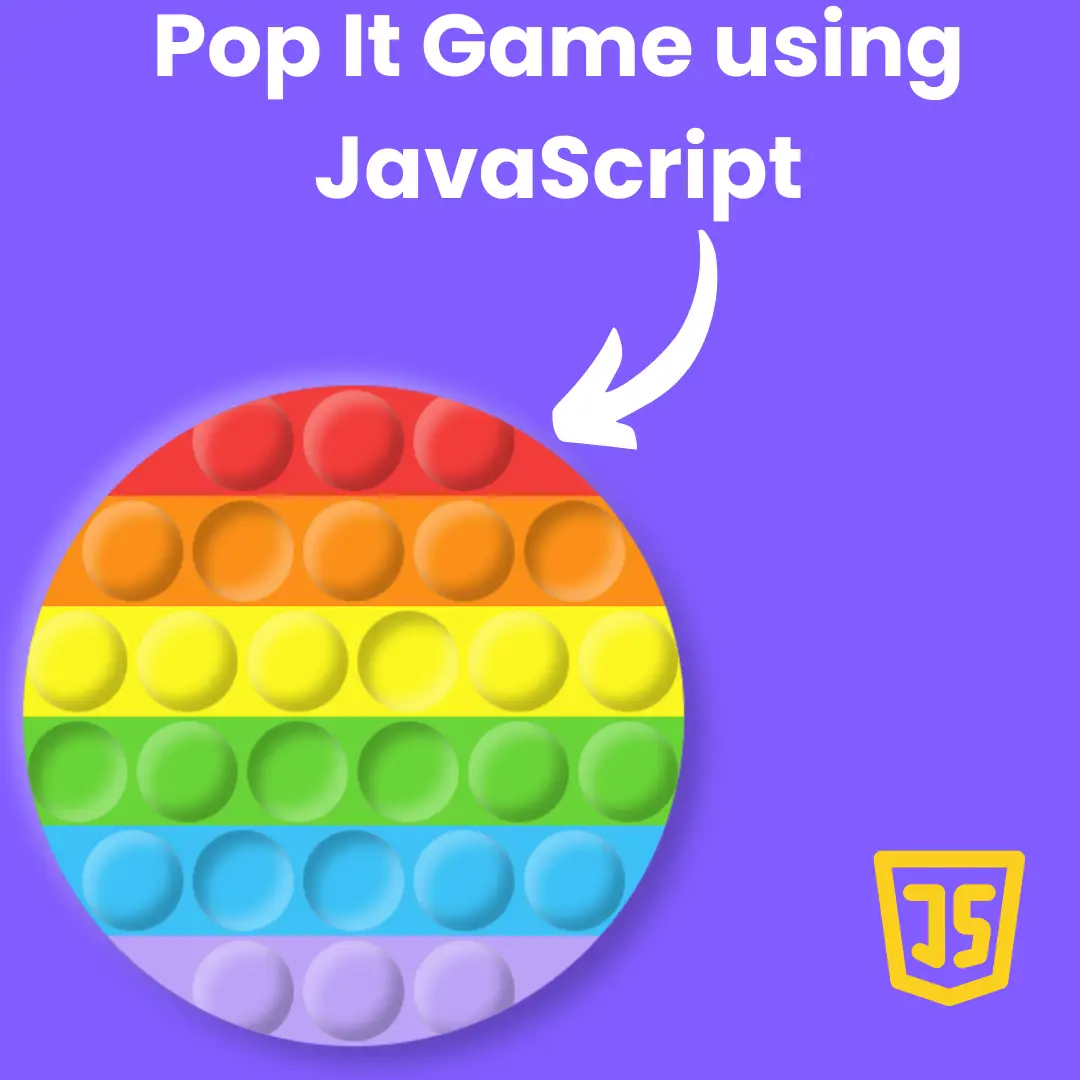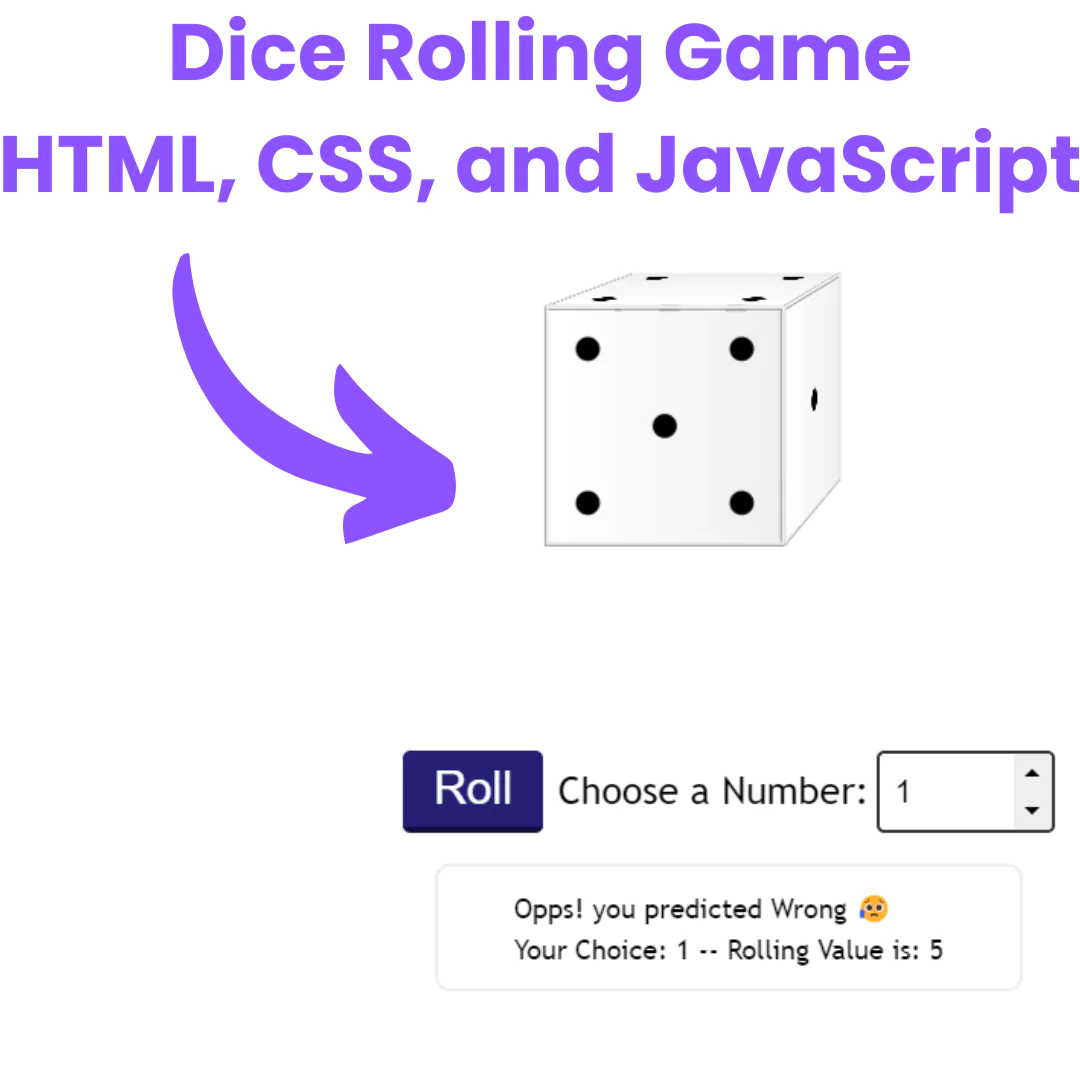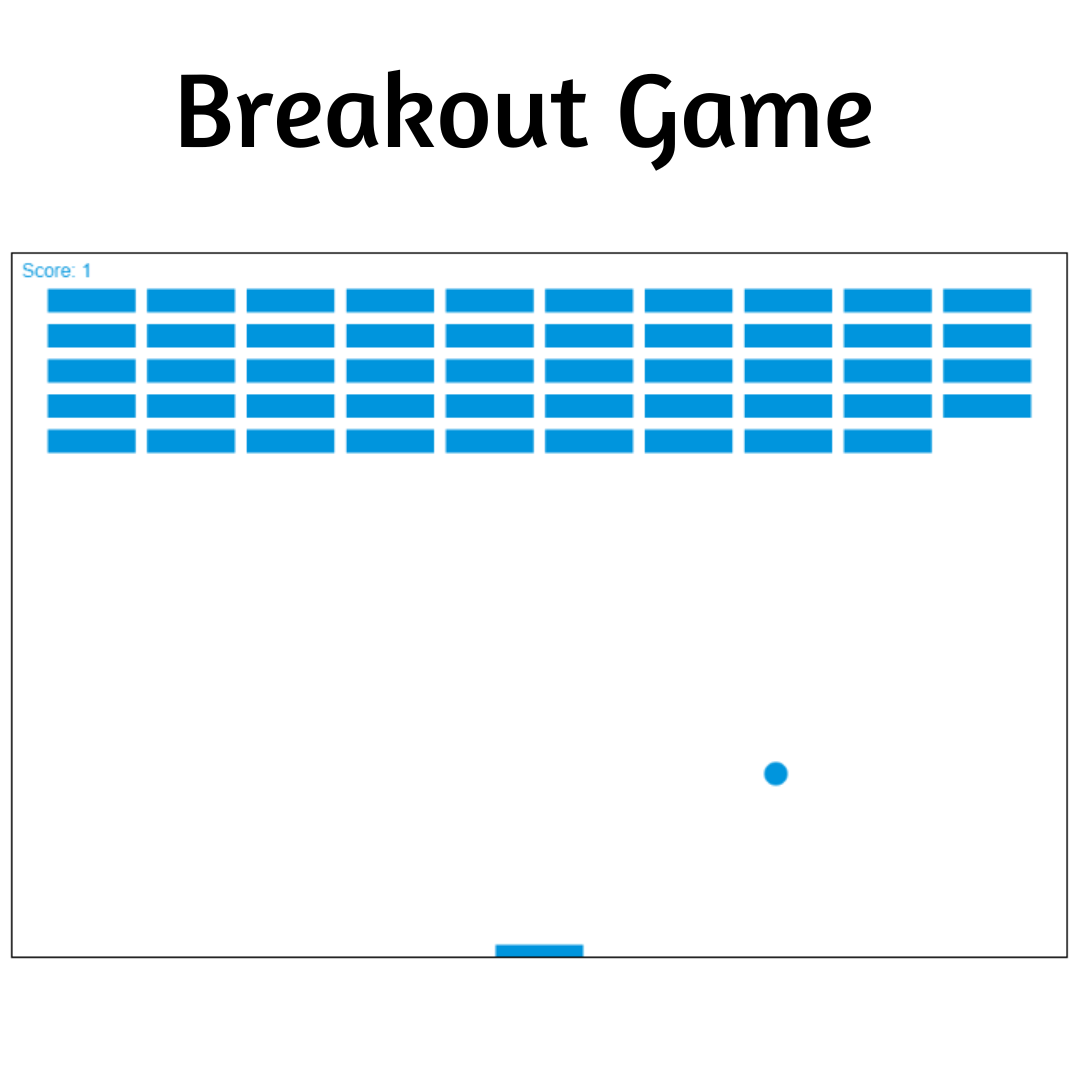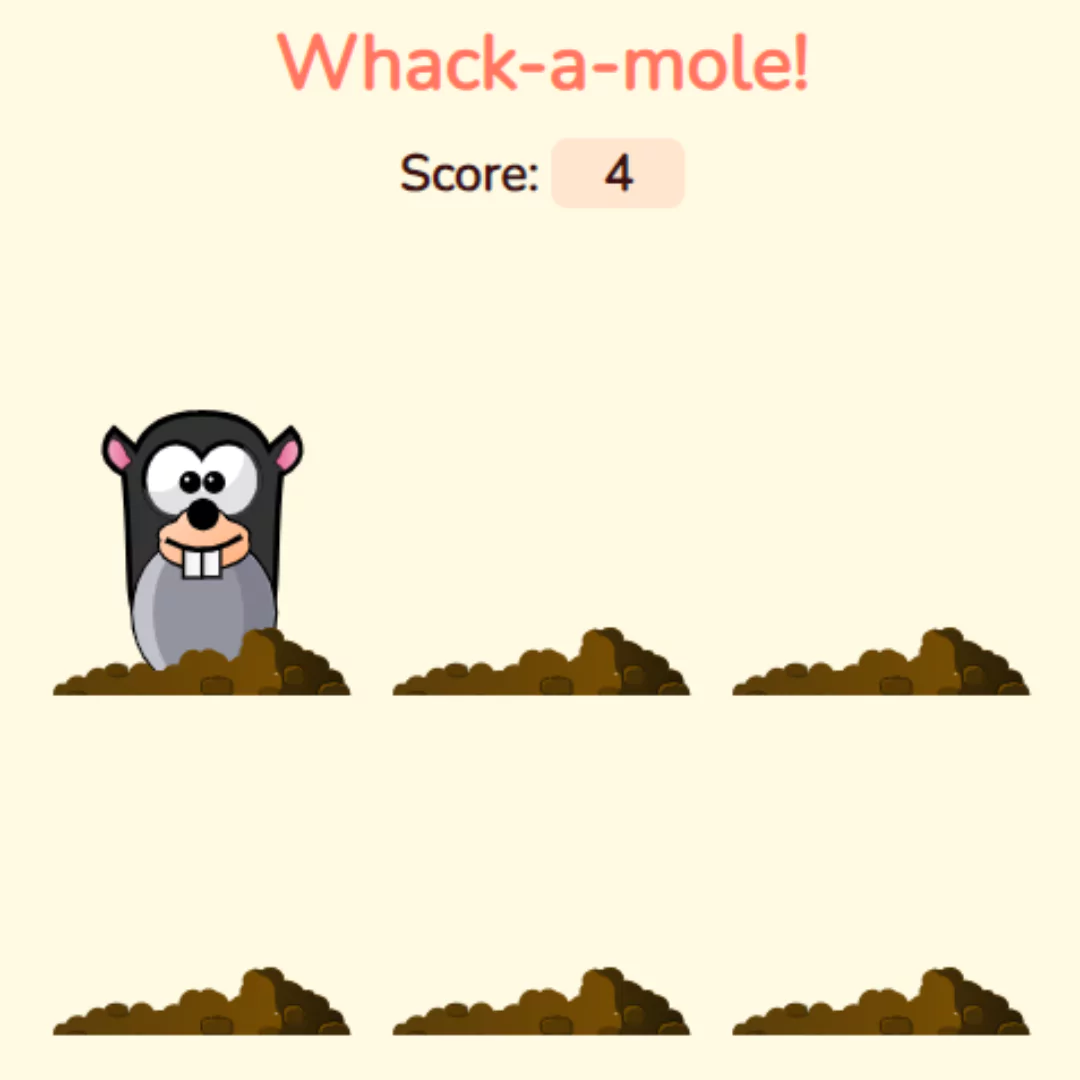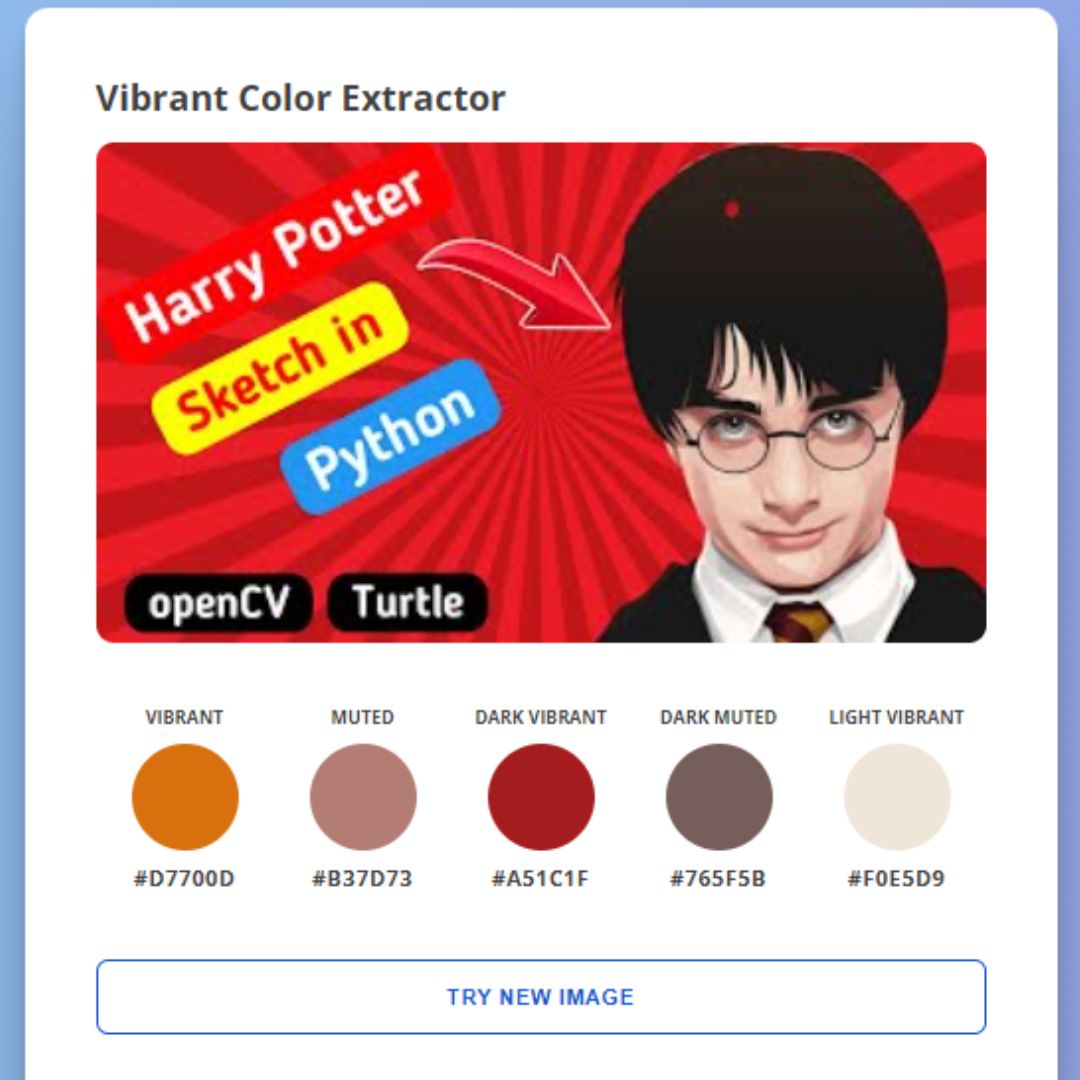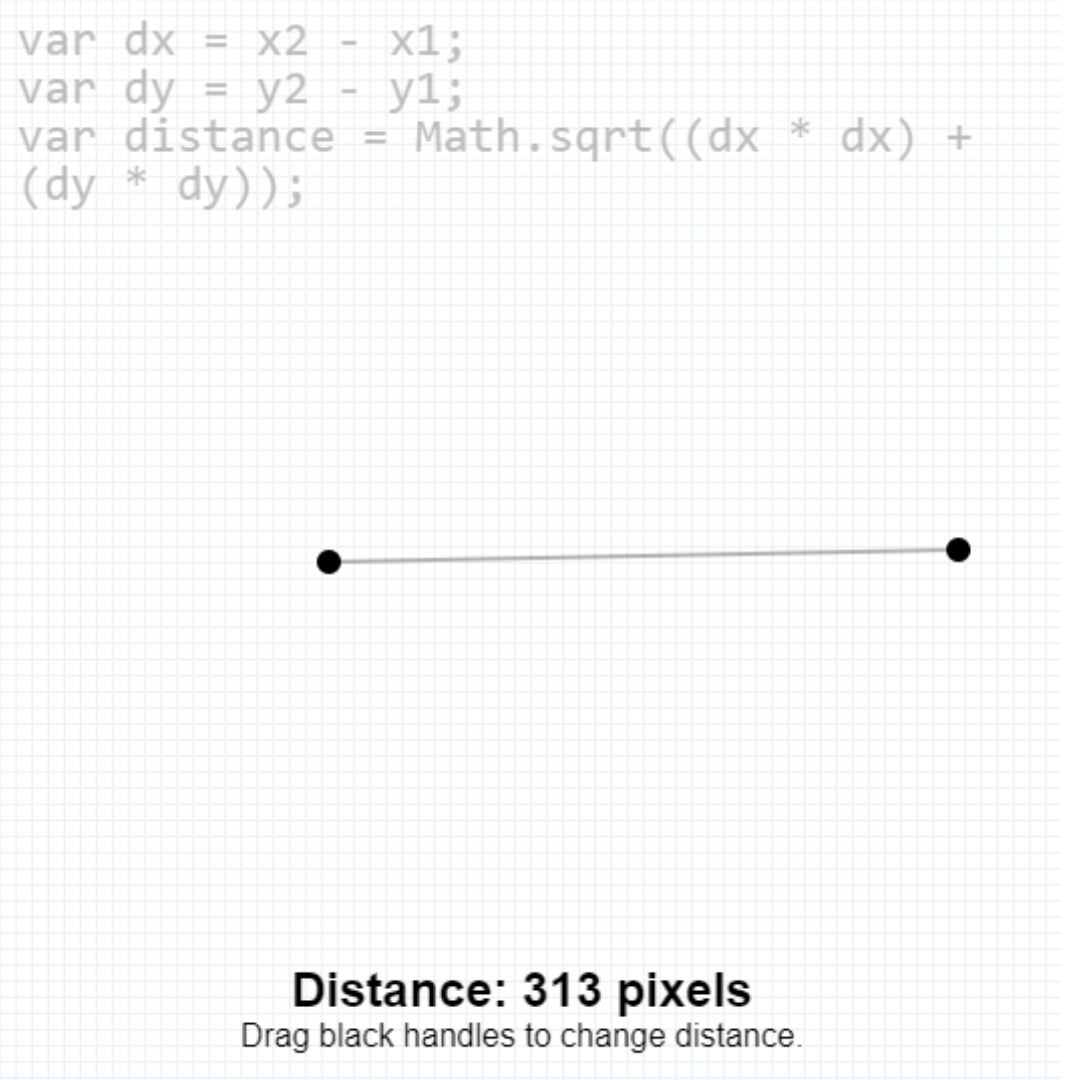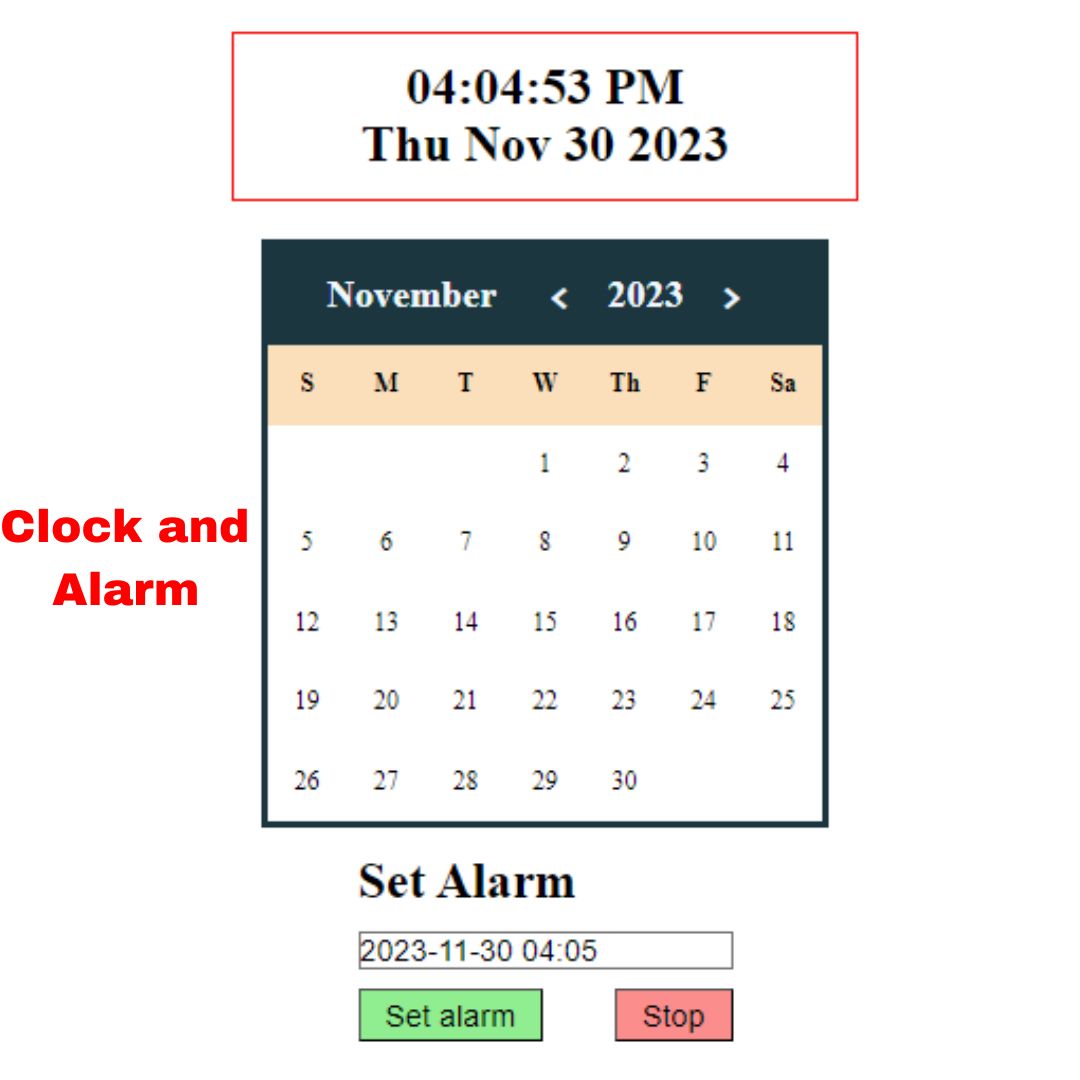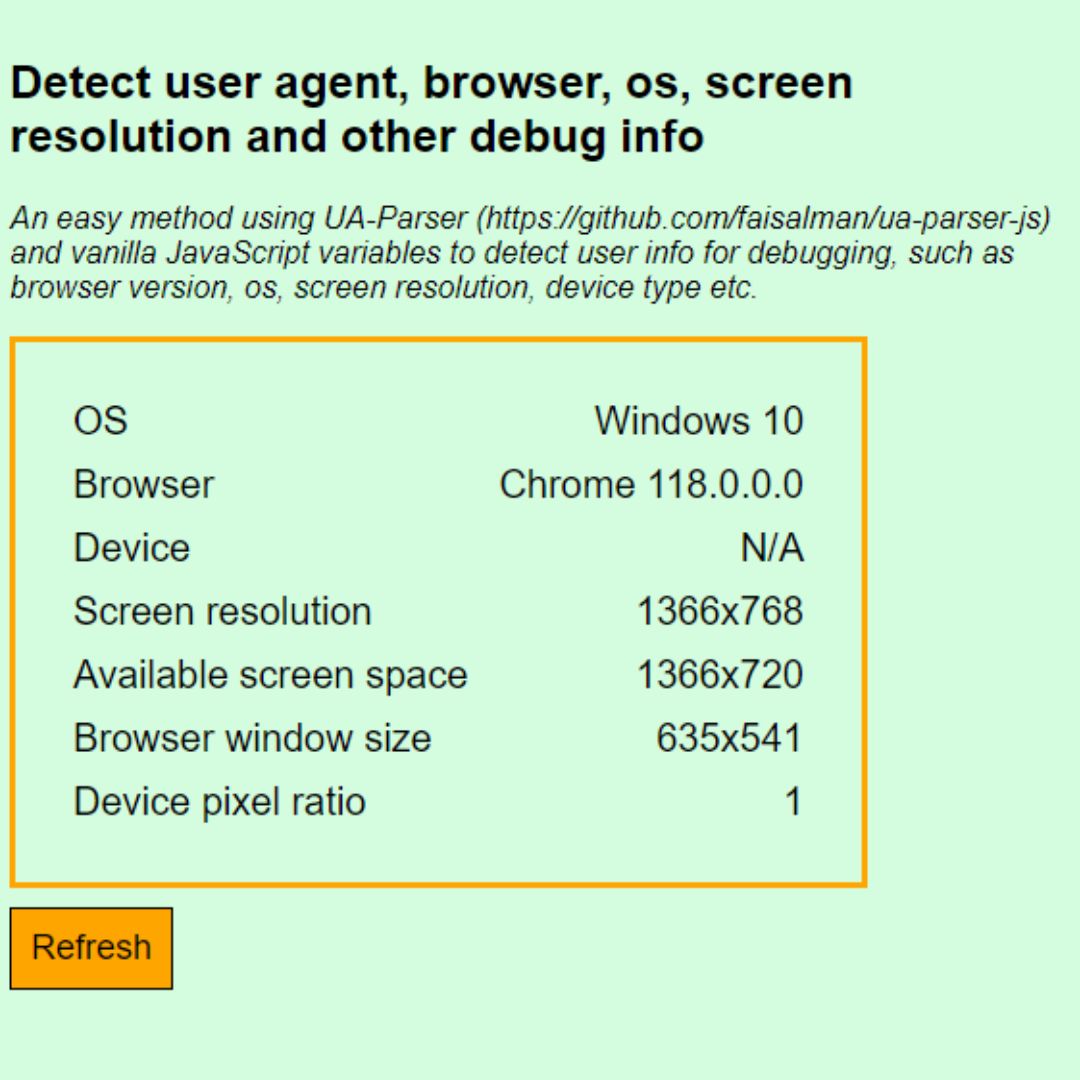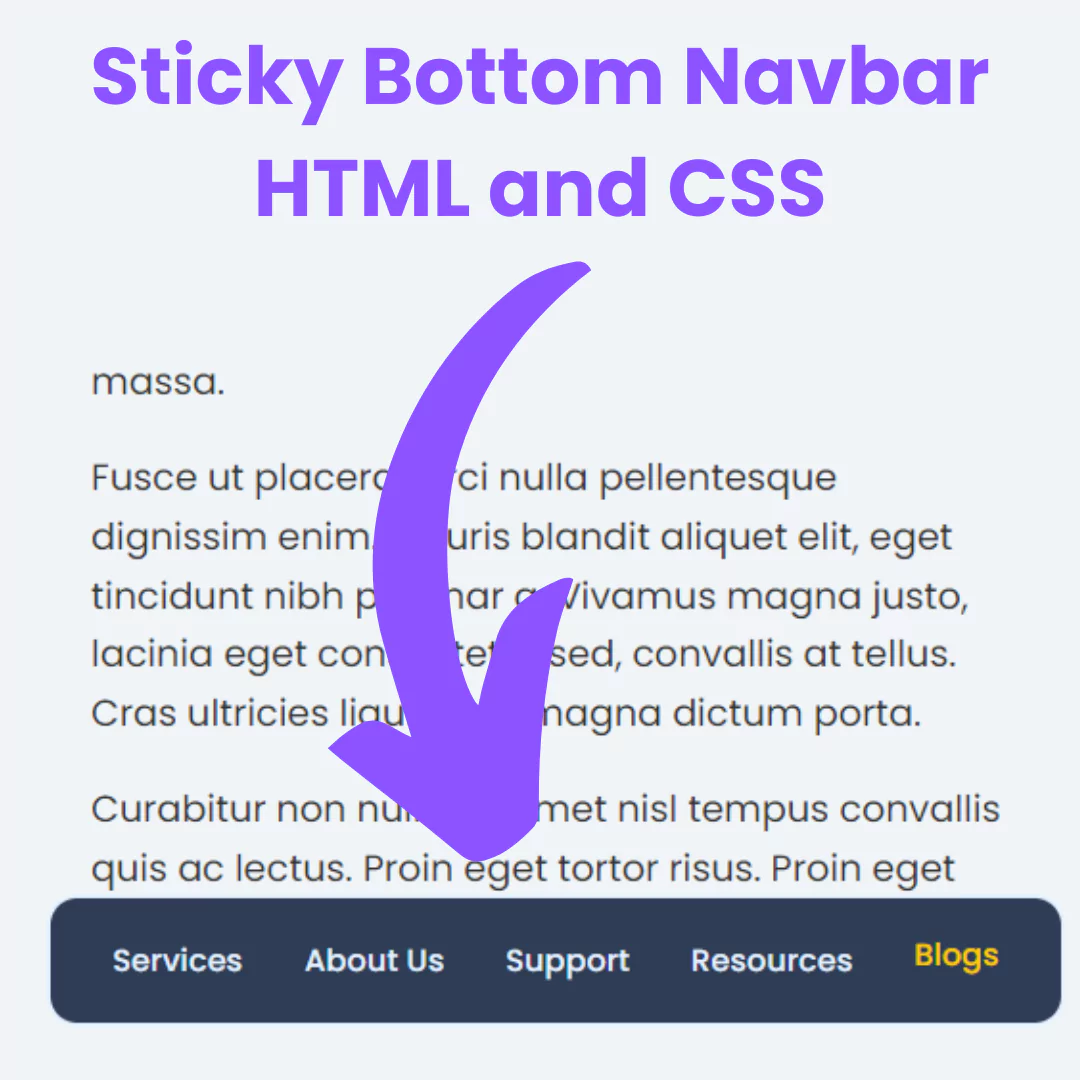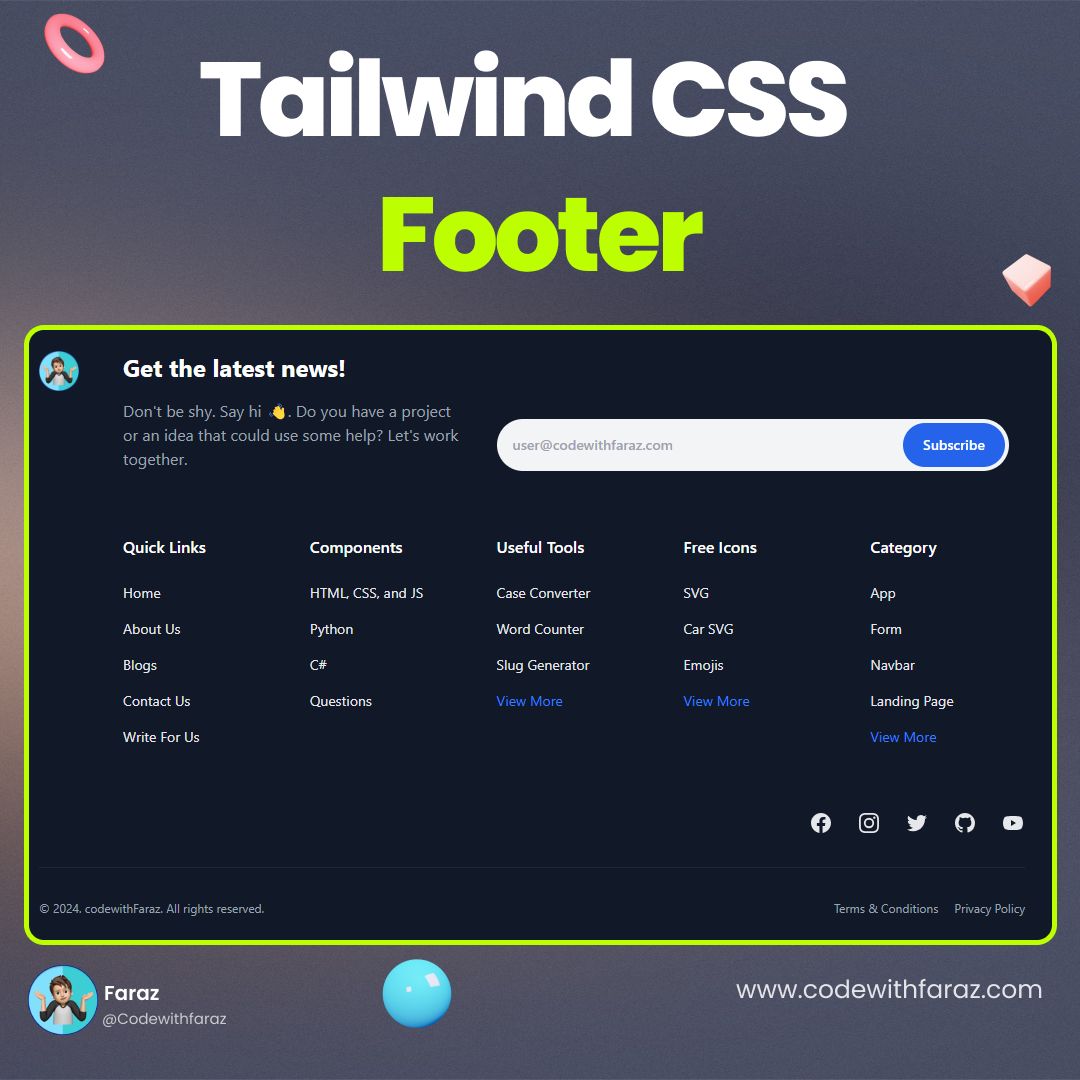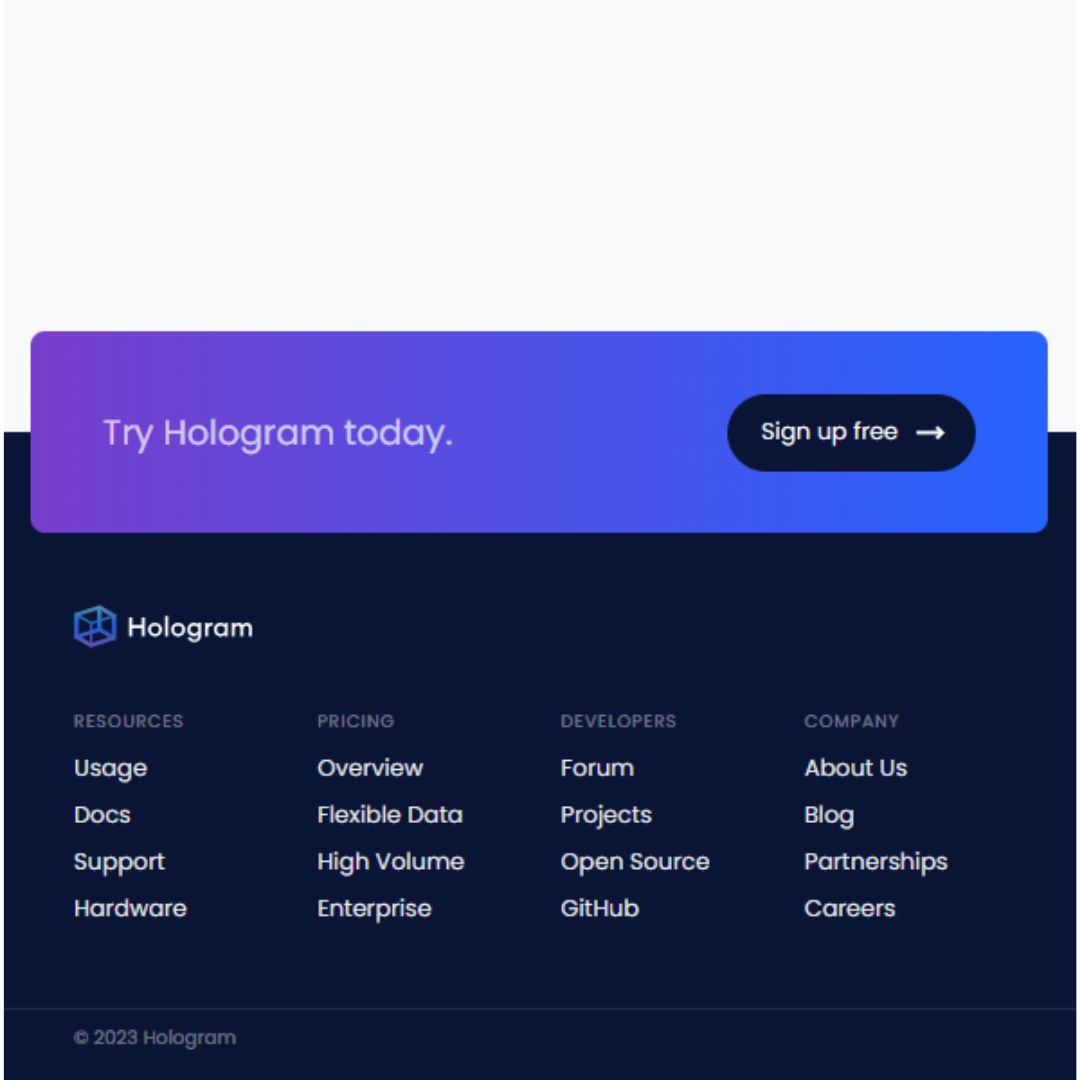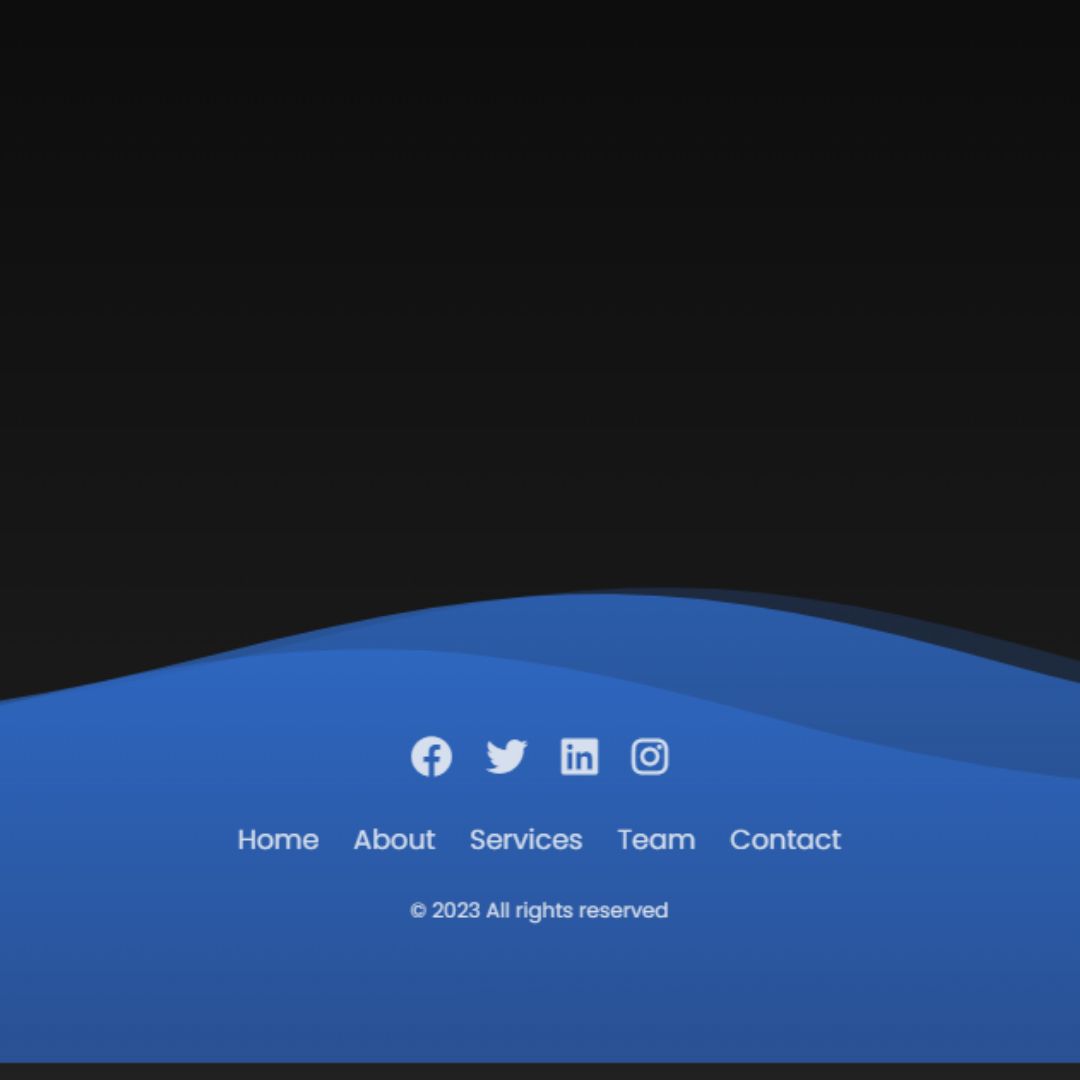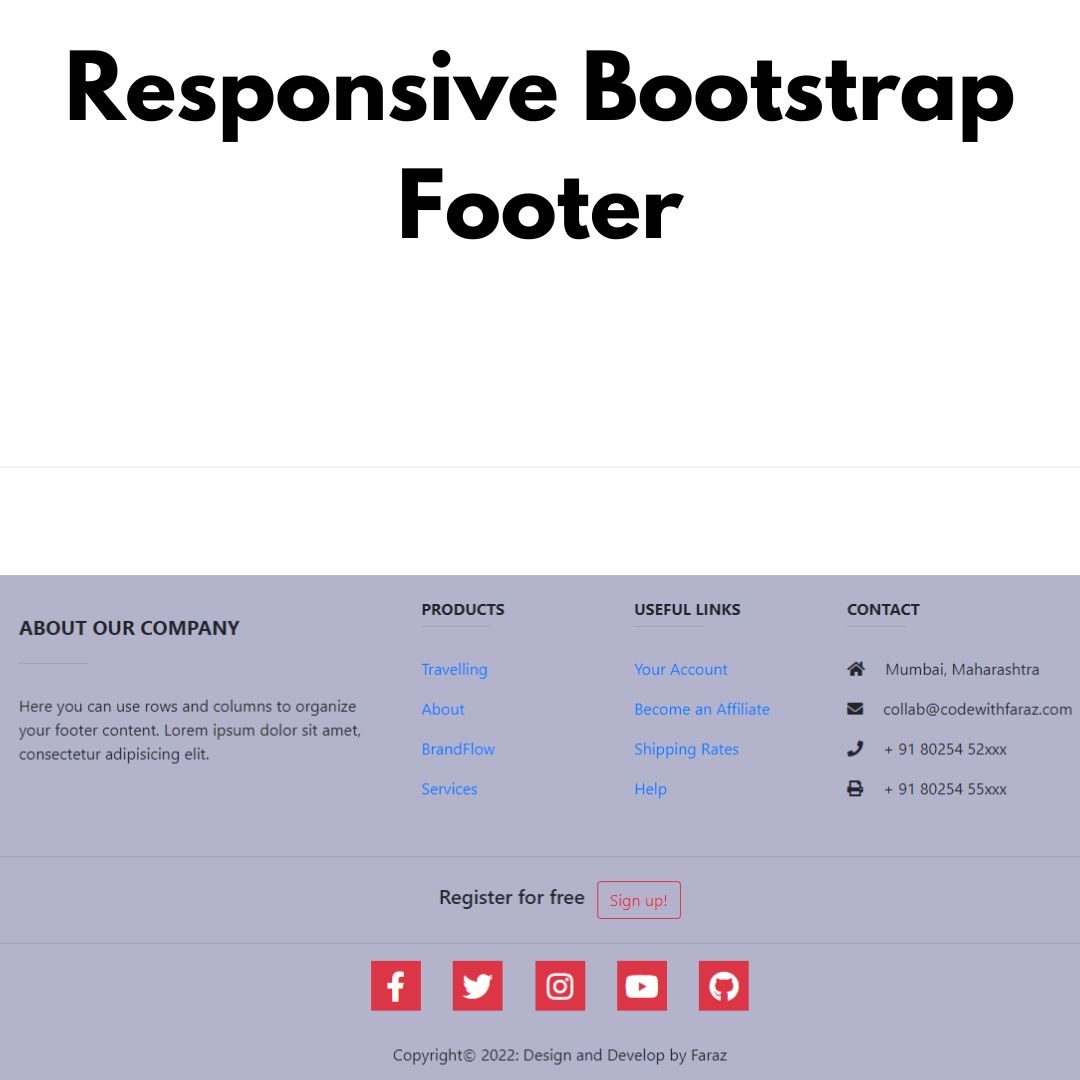Learn everything you need to know about the Div Tag in HTML for web development, including usage, styling with CSS, and examples.

Are you interested in web development and want to know more about using the DIV tag in HTML? In this article, we will explore the basics of the DIV tag, its syntax, advantages, and how to use it in web development.
Table of Contents
- Introduction
- What is the Div Tag in HTML?
- Syntax of DIV tag
- Usage of Div Tag in HTML
- Advantages of using DIV tag
- How to Use Div Tag in HTML
- Common mistakes to avoid when using DIV tag
- Conclusion
- FAQ
I. Introduction
The Div Tag is one of the most important elements in HTML for creating web pages. It is a container element that is used to group together other HTML elements and create more organized and structured layouts. By using Div Tags, web developers can separate different parts of a web page and apply different styles to each section.
In this blog post, we will explore the different ways in which Div Tags can be used in HTML for web development. We will look at the basic syntax of Div Tags, how to apply CSS styles to them, and some examples of how they can be used in real-world web projects.
Whether you are new to web development or have been working with HTML for a while, this guide will provide you with a solid foundation for using Div Tags effectively in your own web projects. So let's dive in and discover how to use Div Tags in HTML for web development!
II. What is the Div Tag in HTML?
The Div tag is a container tag that is used to group other HTML elements together and apply styles to them collectively. The Div tag does not have any visual representation on the web page but acts as a block-level container that helps to organize and structure the content of a web page.
III. Syntax of DIV tag
The basic syntax of a DIV tag is as follows:
<div>
<!-- Content goes here -->
</div>
The DIV tag can also have attributes that can be used to define its properties. Some common attributes include:
- id - Used to uniquely identify the DIV tag
- class - Used to assign a class to the DIV tag
- style - Used to define the style of the DIV tag
Let's take a look at an example of a DIV tag with attributes:
<div id="main" class="container" style="background-color: #fff;">
<!-- Content goes here -->
</div>
IV. Usage of Div Tag in HTML
The Div Tag is used in many different ways in HTML. Here are some of the most common use cases:
- Structuring web pages: Div Tags are used to structure web pages into sections, making it easier to organize and manage content. For example, you could use Div Tags to create a header section, a main content section, and a footer section on a web page.
- Creating containers for content: Div Tags can be used to create containers for different types of content, such as text, images, videos, and more. This can help to organize content and make it easier to style with CSS.
- Grouping elements: Div Tags can be used to group together related elements on a web page. For example, you could use Div Tags to group together a set of links or buttons.
V. Advantages of using DIV tag
Using the DIV tag in web development has several advantages:
- Flexibility
The DIV tag is a flexible tag that can be used to create complex layouts. It can be used to create columns, rows, and other elements that can be arranged in any way.
- Better organization
Using the DIV tag can help to organize the content on your website. You can group related elements together, which can help to make your website easier to navigate.
- Better accessibility
The DIV tag can also help to make your website more accessible. By using semantic HTML, you can ensure that your website can be used by people with disabilities.
- Better search engine optimization
Using the DIV tag can also help with search engine optimization. Search engines use the structure of your website to determine its relevance, and using the DIV tag can help to create a better structure for your website.
VI. How to Use Div Tag in HTML
Using the Div tag in HTML is simple. You need to start by creating a Div element using the <div> tag and then closing it with the </div> tag. The content that needs to be grouped together is then placed between the opening and closing Div tags.
Creating a Basic Div Tag
Here's a basic example of how to use the Div tag in HTML:
<div> <h1>Welcome to my website!</h1> <p>This is my first website, and I'm excited to share it with you.</p> </div>
In the above example, the Div tag is used to group the header and paragraph elements together.
Applying Styles to Div Tag
You can apply styles to a Div tag using CSS. By giving a Div tag a unique class or ID attribute, you can then target that element using CSS and apply various styles to it.
<div class="container"> <h1>Welcome to my website!</h1> <p>This is my first website, and I'm excited to share it with you.</p> </div>
In the above example, the Div tag is given a class attribute of "container". This class can then be targeted using CSS to apply styles to the Div element.
VII. Common mistakes to avoid when using DIV tag
While the DIV tag can be very useful, there are some common mistakes that you should avoid:
- Using too many DIV tags
Using too many DIV tags can make your HTML code more complicated and difficult to read. It is important to use DIV tags only when necessary and to group related elements together.
- Not using semantic naming conventions
When using the DIV tag, it is important to use semantic naming conventions. This means using names that accurately describe the content inside the DIV tag.
- Not considering accessibility
It is important to consider accessibility when using the DIV tag. By using semantic HTML, you can ensure that your website can be used by people with disabilities.
VIII. Conclusion
The Div tag in HTML is a crucial element for web development. It helps to structure and organize the content on a webpage, making it easier to apply styles and create responsive designs. By using Div tags, you can save time and effort when coding and create professional-looking web pages that are easy to navigate.
In summary, the Div tag in HTML is a powerful tool that every web developer should know how to use. With its ability to group elements together and apply styles to them collectively, it's an essential part of modern web development.
So, if you're interested in web development, be sure to learn how to use the Div tag in HTML. It's a skill that will benefit you throughout your career as a web developer.
IX. FAQs
Can I use multiple Div tags on the same web page?
Yes, you can use multiple Div tags on the same web page. In fact, using multiple Div tags is encouraged as it helps to organize the content and make the code more readable.
Can I nest Div tags within each other?
Yes, you can nest Div tags within each other. This is often done to create complex layouts and structures on a web page.
Can I give a Div tag more than one class or ID?
No, you can only give a Div tag one class or ID. However, you can use the class attribute to assign multiple classes to a single Div element.
Do I need to use a Div tag for every element on my web page?
No, you don't need to use a Div tag for every element on your web page. The Div tag is only used to group elements together that require the same styles or need to be organized in a particular way.
Can I use other tags instead of the Div tag?
Yes, you can use other tags instead of the Div tag, such as the Section tag or the Article tag. However, the Div tag is the most commonly used tag for grouping elements together.
That’s a wrap!
Thank you for taking the time to read this article! I hope you found it informative and enjoyable. If you did, please consider sharing it with your friends and followers. Your support helps me continue creating content like this.
Stay updated with our latest content by signing up for our email newsletter! Be the first to know about new articles and exciting updates directly in your inbox. Don't miss out—subscribe today!
If you'd like to support my work directly, you can buy me a coffee . Your generosity is greatly appreciated and helps me keep bringing you high-quality articles.
Thanks!
Faraz 😊


